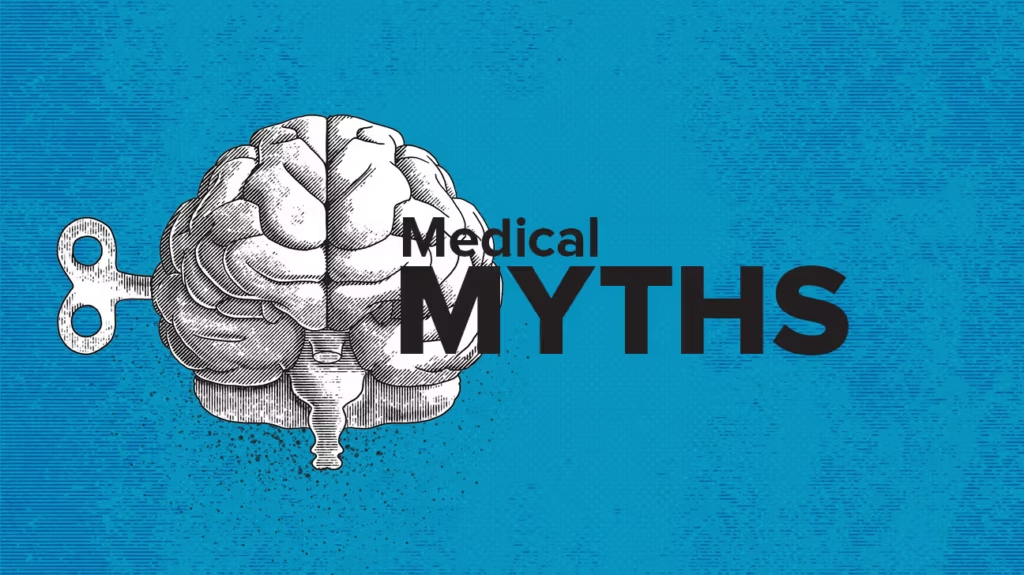
- Cracking Your Knuckles Gives You Arthritis
This isn’t even close to being an accurate statement. The pop that you hear when you crack your knuckles is from cavitation–a process where negative pressure in the joint causes gas bubbles (mostly carbon dioxide) in the synovial fluid (fluid around your joints) to collapse/form rapidly. There is no evidence that this causes any structural damage.
One study conducted in 1998 by Dr. Donald Unger put this to the ultimate test by cracking the knuckles on his left hand daily for 60 years. After six decades, no arthritis developed in either hand.
- Coffee Stunts Your Growth
Coffee itself has no impact on your growth plates, which are what control bone growth in adolescents. This myth stemmed from early studies that suggested that caffeine could take calcium from bones. However, these were flawed, as they involved extreme doses of caffeine without adequate calcium, which a typical diet usually has. A 1998 longitudinal Harvard study followed over 81,000 women, and found no significant relationship between caffeine consumption and bone density, especially when calcium intake was normal. What is possible is that coffee can mess with your sleep, which in turn can affect growth and recovery.
- You Can “Sweat Out” a Fever
Fevers are the body’s way of fighting infection. They occur when the hypothalamus resets your body’s temperature set point in response to chemicals released by your immune system. Overheating yourself externally to “detox” from the fever doesn’t help and can actually cause heat exhaustion, dehydration, and worse outcomes. When suffering from a fever, it is recommended to drink a lot of fluids, rest, and use ibuprofen (advil)/acetaminophen (tylenol) as needed.
- You Only Use 10% of Your Brain
Modern neuroscience shows that you use 100% of your brain, just not all at once. During normal functions like speaking, reading, and sleeping, MRI and PET scans consistently show widespread brain activity. Even while resting, a network of interacting brain regions, called your Default Mode Network (DMN) is highly active.
- If You Swallow Gum, It Stays in Your Body for 7 Years
Though gum is indigestible, it still moves through your digestive tract just like anything else your body can’t break down, and leaves your body within a few days. Your stomach specifically cannot digest the resins and polymers (ingredients) in gum. However, thanks to peristalsis, the involuntary contractions of the muscles in the digestive tract, food and waste products are propelled through the body, including gum. Swallowing gum only becomes a serious issue if it is an insane amount of gum coupled with constipation, which can cause intestinal blockages.
Works Cited
Knuckle Cracking & Arthritis
Unger, D. L. (1998). Does knuckle cracking lead to arthritis of the fingers? Arthritis & Rheumatism, 41(5), 949–950.
https://doi.org/10.1002/1529-0131(199805)41:5<949::AID-ART26>3.0.CO;2-Q
Caffeine & Bone Health
Feskanich, D., Willett, W. C., & Colditz, G. A. (1998). Coffee, tea, cola, and caffeine intake in relation to bone mineral density in older women. American Journal of Clinical Nutrition, 68(3), 604–609.
https://doi.org/10.1093/ajcn/68.3.604
Fever Physiology
Dinarello, C. A. (2004). Infection, fever, and exogenous and endogenous pyrogens: Some concepts have changed. Journal of Endotoxin Research, 10(4), 201–222.
https://doi.org/10.1179/096805104225006346
Brain Utilization & fMRI Evidence
Boyd, R. T. (2008). Debunking the “10% of the Brain” Myth. Scientific American Mind.
https://www.scientificamerican.com/article/do-we-really-use-only-10
Raichle, M. E. (2015). The Brain’s Default Mode Network. Annual Review of Neuroscience, 38, 433–447.
https://doi.org/10.1146/annurev-neuro-071013-014030
Gum Digestion Myth
Fitzgerald, J. F., Park, H., & Balsara, Z. N. (1998). Case reports: Chewing gum bezoars of the gastrointestinal tract. Pediatrics, 102(2), e22.